This post is more about the sauce than the meatball. I’m not even including a recipe for the meatball. It’s the quickest sauce you can imagine. If you have some meatballs (beef or turkey) on hand (or not – it can be served without), this dinner can be on the table in 30 minutes or less.
I’d come home with a “doggie bag” of food from an Italian dinner at Filippi’s in Poway (I had their ricotta and mozzarella lasagna with vegetarian red sauce). I’d also ordered a dinner portion of lasagna to freeze at home (because I don’t have that restaurant chain in my neck of the woods). My dinner came with a side of a meatball, which I’d planned on bringing home anyway. This was a big, honkin’ meatball – enough for a dinner for me!
I had polished off the other half of my lasagna dinner (the other full order one is still in the freezer), and had the meatball. What to do with it?
Over the last several weeks I’ve been working on a project or two . . . detour here . . .
First, I purchased the MasterCook software for my daughter Sara as a gift (her birthday) and my real gift to her was to input ALL of her collected recipes into the program. That took me about 20 hours of time, I’d guess. I drove to Poway (near San Diego, where she lives) and spent an afternoon there getting it all set up for her (I typed in all the recipes here at home, put the “cookbooks” divided by category onto a thumb drive and just uploaded them to her kitchen computer where the MasterCook program lives). Then I spent an hour or two teaching her how to use the software. She has many cookbook recipes that need to be input, so perhaps I’ll go down there sometime to help her with that too.
While I was at it, though, I looked at my own recipe collections . . . I have hundreds upon hundreds of recipes in my MasterCook software. And over the years I’d collected clippings and printed recipes that I had slipped into plastic sleeves and kept neatly in binders – recipes to try (but NOT input into the software). The binders are huge and because of some work I’m having done in my family room, the storage place for these disappeared. What to do? Well, input all those hundreds of recipes into the software, of course. While I’m at it, I’m looking at each and every recipe and wanting to determine will I REALLY make this? I’ve tossed out about 150 recipes, but I’ve input probably 250. Nearly all of them I’ve found online, which makes it pretty easy to grab them to insert into my software program (there’s a really neat online tool that grabs the recipe and a couple clicks of the mouse and it’s input into my software, including the photo if there is one, without hardly having to touch my fingers to the keyboard). I’m down to my last category, Veggies, and I’ll be done. THEN I have a rattan stand thing that holds hanging folders, and in it are several dozen pocket file folders filled with hundreds more clippings, 3×5 cards, notes – those are older recipes. All ones I’ve never made. I’ll do a bigger culling job on them – if I haven’t looked at these in 5 years, how likely will I be to even make any of those recipes? I mean, really? There are a few family recipes there, so I’ll have to go through each folder. I could probably toss it all out, except for those 3×5 cards that I’d probably want to keep, just for nostalgia’s sake.
SO, back to last night’s dinner . . . I ran across the recipe for the Pasta with Tomato Cream Sauce that has been in my software (I double-checked) AND it’s here on my blog too. I had all the ingredients to make it – some cream cheese, canned tomatoes, garlic, red wine vinegar, fresh basil, fresh grated Parmigiana and some pasta. Usually the sauce sits some hours before using it – I made a smaller batch, just kind of threw together the ingredients and let it sit for 15 minutes. Meanwhile, I boiled some penne pasta, warmed the meatball in the microwave (cut into slices) and combined it and out onto my plate it went. I had enough to serve to my D-I-L Karen and grandson Vaughan and me the following evening.
I’m pretty sure I’ve posted this sauce more than once here on my blog – it is such a winner of a recipe. It is also wonderful as a side dish for a summer barbecue – it’s served at room temp – although mine was slightly warm from the hot pasta. I devoured it. SO good. It’s a great thing to take to someone’s house too. Easy to make. It just needs fresh basil, really.
I’ve re-done the recipe below for a quick meal version. If you have some meatballs that need using, throw them in (heat them first, though).
What’s GOOD: this recipe is nothing short of genius. It’s already on my Favs list (see tab at top of my blog, under the photo, far right) which means it met my standard of an outstanding recipe, worthy of making over and over. This version just made it easier to do for a quick meal. I really don’t make pasta very often, but now and then I crave it, don’t you? Make this, okay? Even if you don’t have some left over meatballs.
What’s NOT: absolutely nothing.
printer-friendly PDF and MasterCook 15/16 file (click link to open recipe)
* Exported from MasterCook *
Meatballs with Quick Pasta & Tomato Cream Sauce
Recipe By: Original from Mary Anne Quinn, a friend of a friend and I’ve adapted it here to serve with meatballs
Serving Size: 4 (average servings)
15 ounces diced tomatoes — canned, with juice
2 cloves garlic — smashed
1 tablespoon red wine vinegar
1/4 cup EVOO — or less if you’d prefer
4 ounces cream cheese — chopped up some
1/4 cup fresh basil — shredded or sliced
1/2 pound penne rigate
1/2 cup Parmigiano-Reggiano cheese — grated, for garnish
4 large meatballs (ready made, or make your own), optional
1. In a medium sized non-metalic bowl combine the canned tomatoes, garlic, vinegar, EVOO and cream cheese. Set aside to blend the flavors. (Can be made several hours ahead – just cover the bowl and allow it to sit at room temp for up to 3 hours.)
2. Meanwhile, bring a large pot of water to a boil; add salt (about a tablespoon per gallon of water). Add pasta and cook to al dente (slightly resistant to the tooth, but without any crunch).
3. Have the cheese and basil ready. Drain the pasta and add to the bowl with the tomato sauce. Stir around until you don’t see any streaks of cream cheese.
4. If serving with meatballs, warm them in the microwave. Scoop pasta portions onto plates and top with a hot meatball and the grated cheese and basil. Serve. The pasta mixture (with sauce) can also cool to room temp. Serve portions with a heated meatball on top and garnish with cheese and basil.
Per Serving: 455 Calories; 25g Fat (48.3% calories from fat); 10g Protein; 49g Carbohydrate; 3g Dietary Fiber; 31mg Cholesterol; 99mg Sodium.





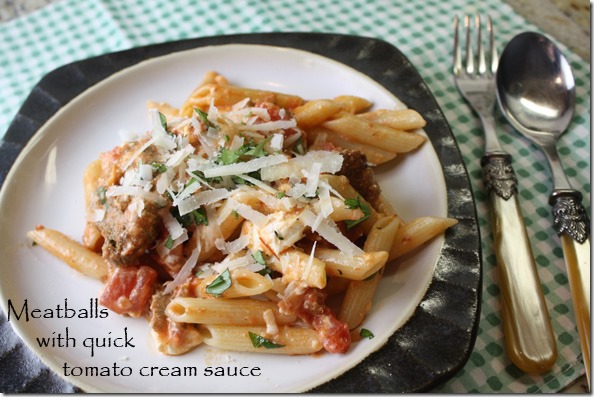

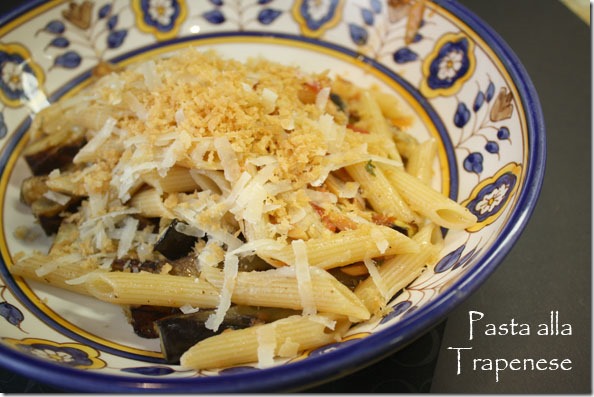
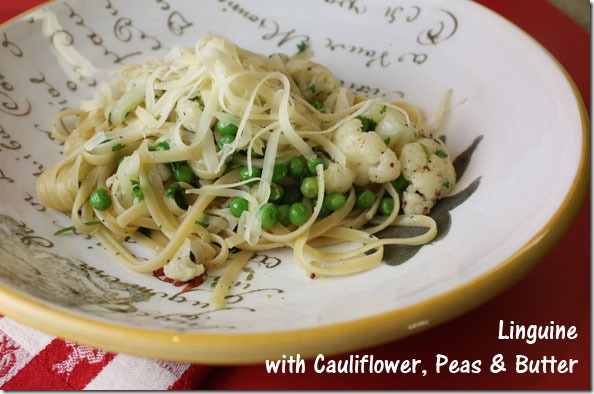
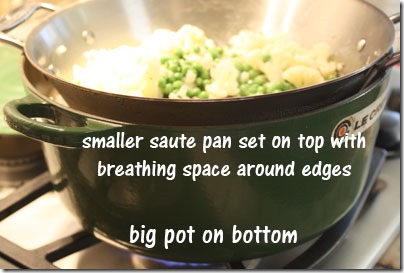
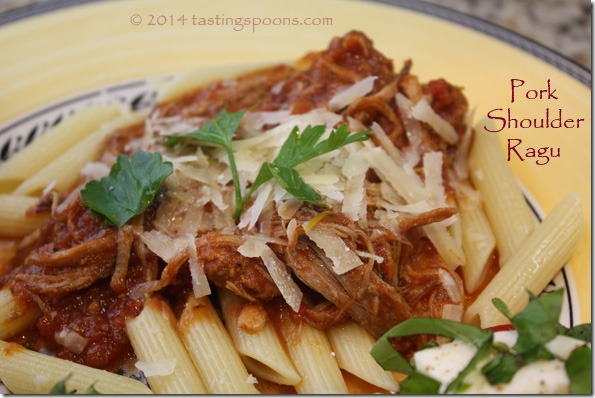
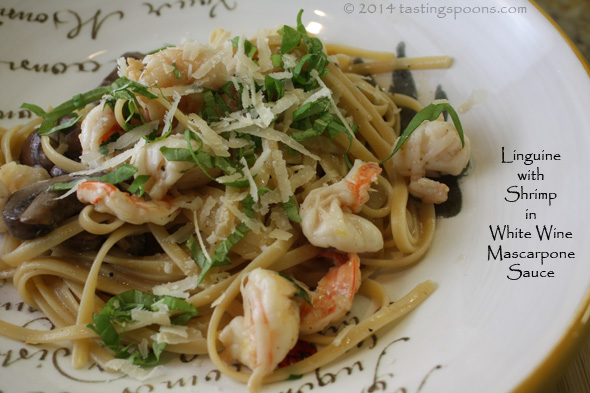
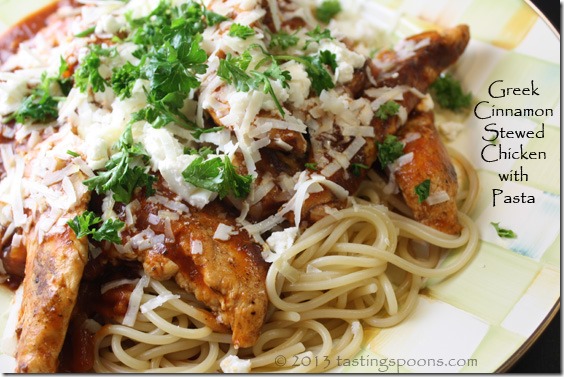
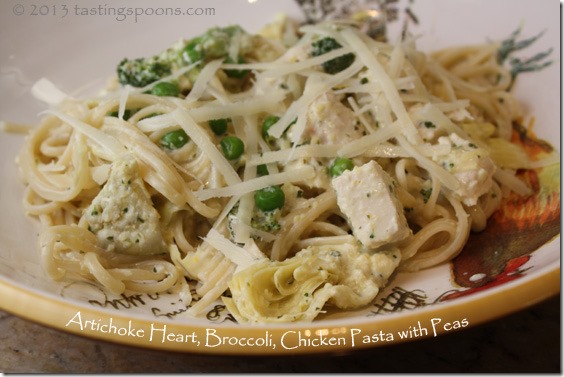
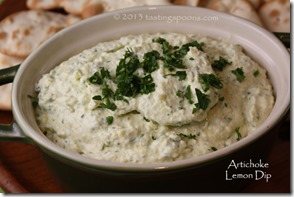
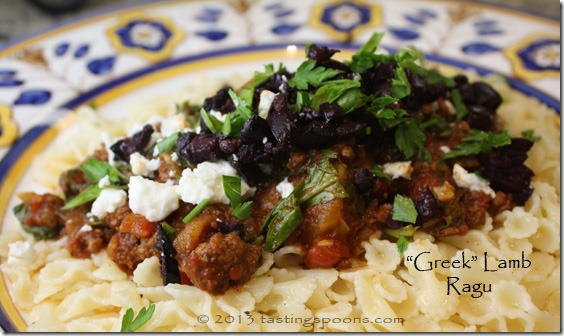
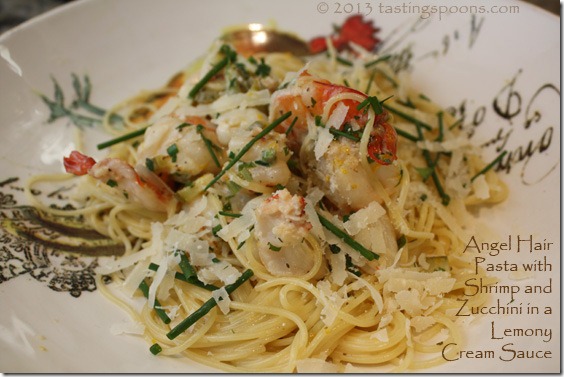
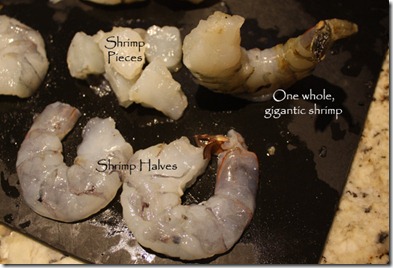
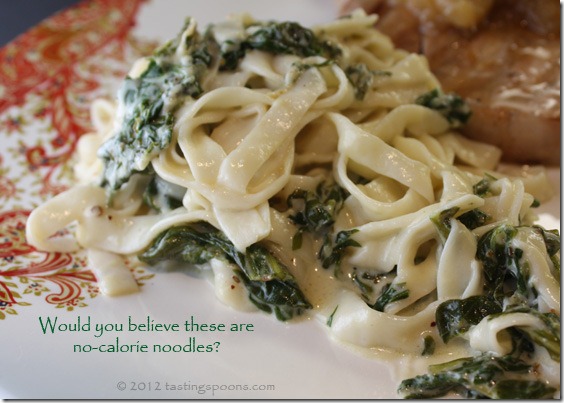
 I’d heard about them several months ago when I got an email from one of the daily deal emails I subscribe to, offering me “
I’d heard about them several months ago when I got an email from one of the daily deal emails I subscribe to, offering me “
Leave a Comment!